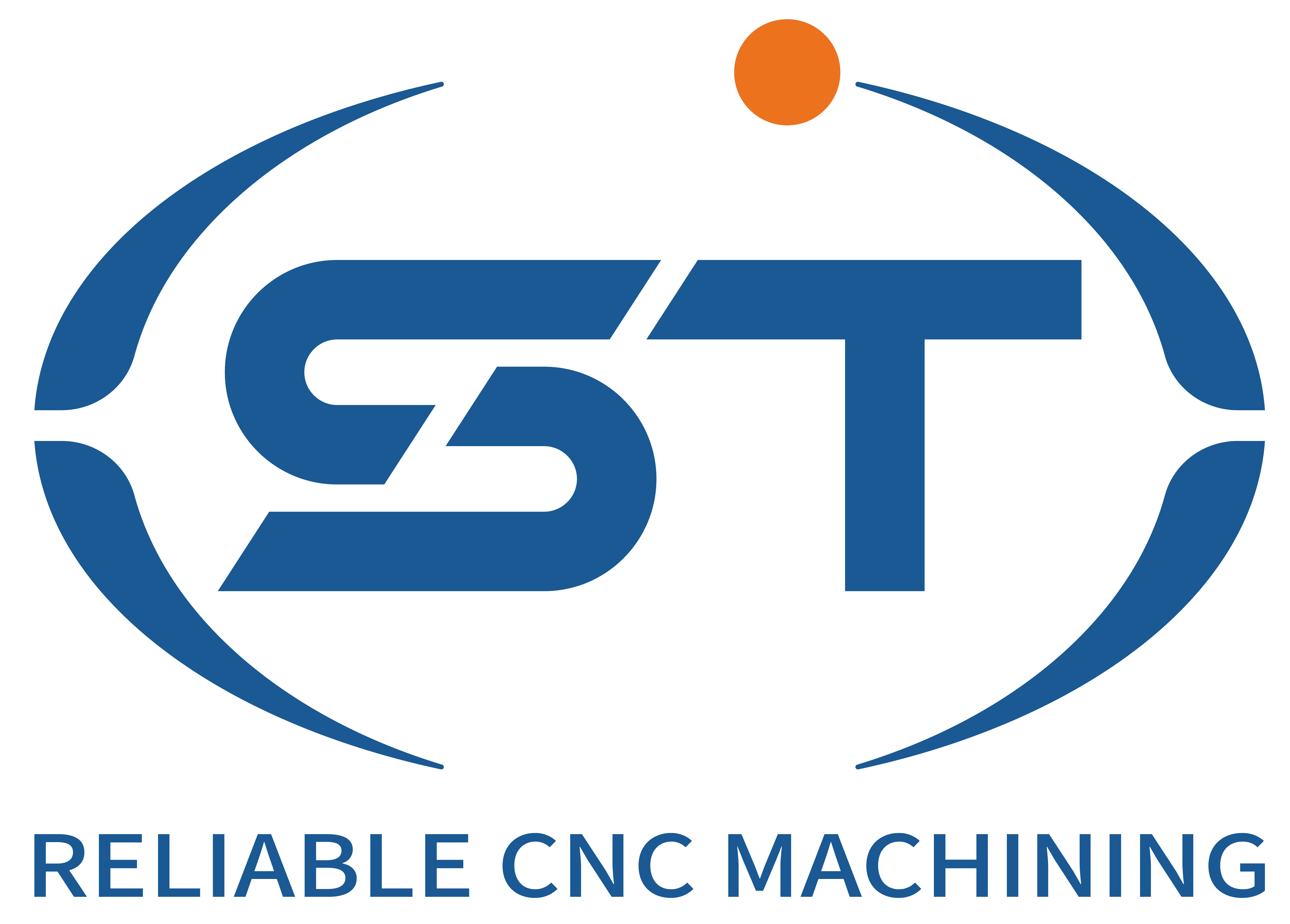To ensure the parallelism of CNC machining of automotive parts, efforts can be made from aspects such as processing equipment, process methods, clamping methods, inspection and adjustment:
In terms of processing equipment
Equipment precision guarantee: The precision of the processing equipment needs to be one to two grades higher than the precision required by the workpiece. For instance, if the workpiece has strict requirements for parallelism, the equipment should have corresponding positioning accuracy, geometric accuracy, etc., to reduce parallelism problems caused by the equipment’s own errors from the source.
Regular maintenance and inspection: Regular maintenance and inspection of CNC machine tools should be carried out to ensure the accuracy and stability of key components such as the spindle, guide rails, and lead screws. Errors such as spindle rotation error and guide rail straightness error can all affect the parallelism of the workpiece. Through regular maintenance, these problems can be detected and solved in a timely manner.
In terms of technological methods
Plan the processing sequence reasonably: First, process one surface to ensure that its flatness is higher than the parallelism requirement, and then use this surface as the reference to process another surface. For instance, when processing some plate-like parts, first ensure the flatness of the reference surface, and then process the surfaces parallel to it based on this reference. This can effectively control the parallelism.
Optimize cutting parameters: Based on the material of the part, the material of the tool and the processing requirements, reasonably select parameters such as cutting speed, feed rate and cutting depth. Improper cutting parameters may lead to problems such as tool vibration and uneven cutting force, which in turn affect the parallelism of the workpiece.
Select the appropriate processing method: For different parts and precision requirements, choose the appropriate processing method. For some parts with extremely high requirements for parallelism, precision grinding, lapping and other processing methods can be adopted to improve the processing accuracy.
In terms of clamping methods
Reduce clamping stress: Minimize the impact of external stress on the workpiece. For instance, for parts with a relatively thin plate surface, a clamping method of side top on one side and suction cup on the other can be adopted to prevent workpiece deformation caused by uneven clamping force and avoid affecting parallelism.
Multiple small-scale processing: For parts prone to deformation, multiple small-scale processing can be carried out. A small amount of allowance is removed during each processing to reduce workpiece deformation caused by excessive cutting force, thereby ensuring parallelism.
Rational use of fixtures: Ensure the accuracy and stability of the fixtures. The correct position of the workpiece in the fixture is determined by the positioning elements on the fixture. The manufacturing error of the fixture has a significant impact on the processing accuracy of the workpiece. At the same time, the appropriate fixture should be selected based on the shape and size of the part. For example, for disc-shaped parts, special fixtures such as hydraulic chucks can be used.
In terms of detection and adjustment
Strengthen process inspection: During the processing, regularly inspect the parallelism of the workpiece to promptly identify and correct deviations. Detection can be carried out using measuring tools such as dial indicators and lever dial indicators.
Adjust the tool path trajectory: Based on the inspection results, directly modify the tool path trajectory, make up for the differences, and then make another part for verification until the requirements are met. For instance, in mass production, even if the machine tool is worn, loose or deformed, it is basically the same when it reaches the same position. By adjusting the program, the difference between the actual situation and the tool path can be compensated.
Adjust the lead screw clearance: If the clearance of the middle drag plate is too large, it will affect the processing accuracy of the workpiece and further impact the parallelism. At this time, the lead screw clearance and the adjusting nut can be adjusted to ensure the accuracy of the workpiece processing.




